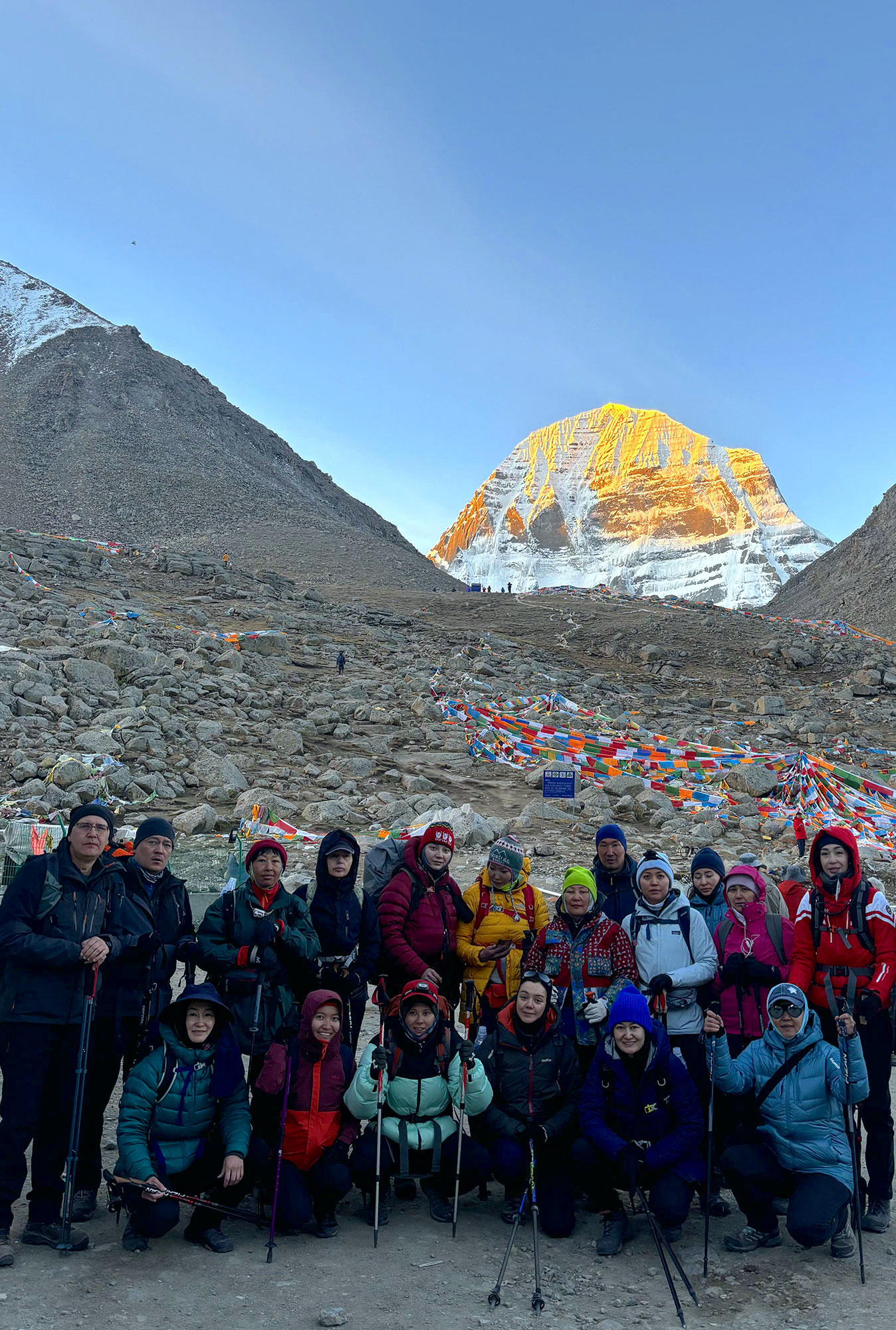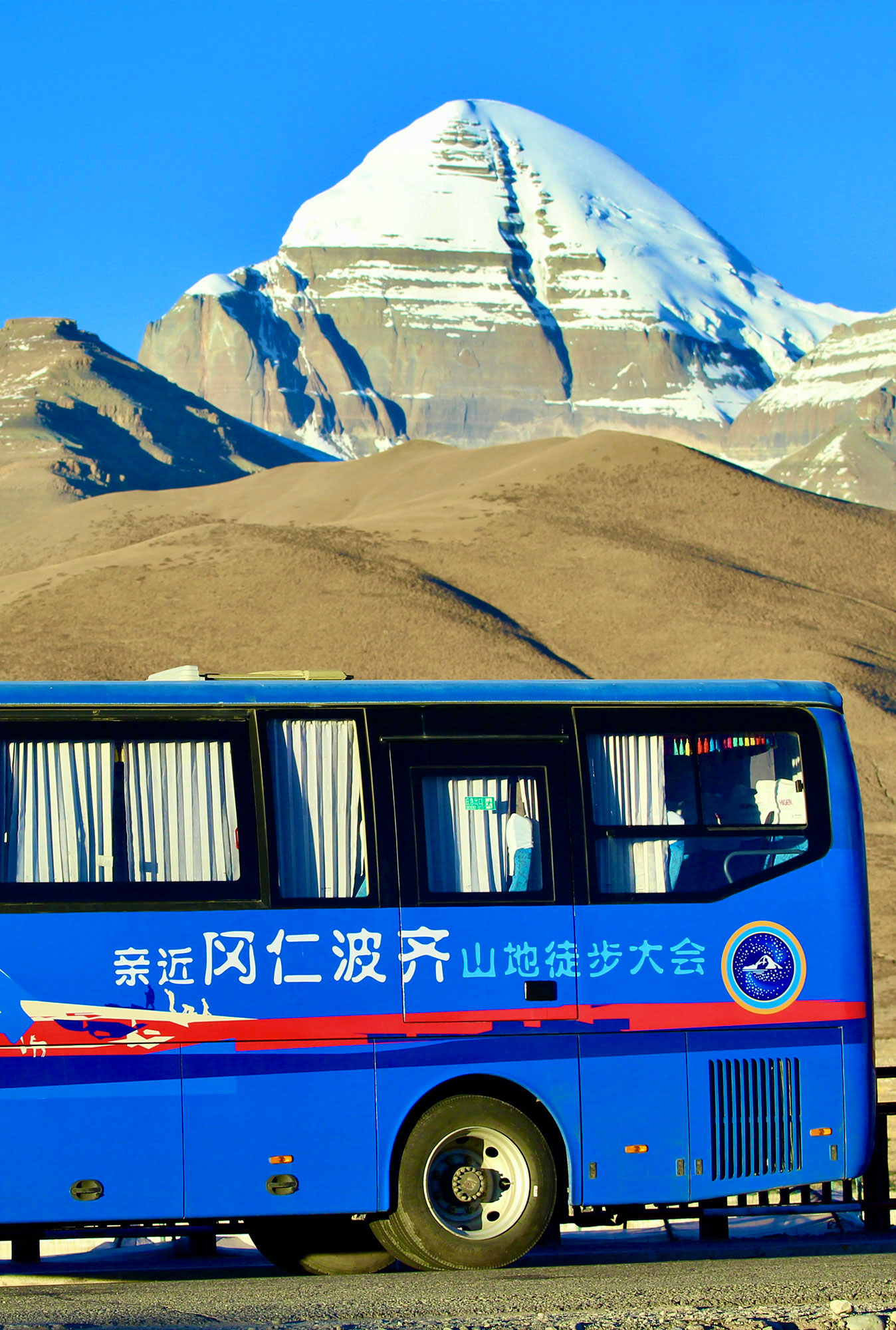The Kailash Mansarovar pilgrimage is one of the most revered spiritual journeys in the world, drawing devotees from across the globe. Nestled in the majestic Himalayas, Mount Kailash is considered the earthly abode of Lord Shiva, while the sacred Mansarovar Lake is believed to purify the soul. This transformative trek offers not only breathtaking natural beauty but also an opportunity for deep spiritual awakening. Pilgrims endure the rugged terrain, high altitudes, and challenging conditions, but in return, they experience a profound connection to the divine. Whether undertaken for religious devotion or as a personal quest for inner peace, the Kailash yatra is a once-in-a-lifetime journey that leaves an indelible mark on the soul.

Getting Chinese Visa from Your Home Country
To obtain a Chinese visa for the Kailash Mansarovar pilgrimage, start by determining the type you need—usually a Tourist (L) Visa or Group Visa for organized tours. Gather the required documents: a valid passport (with at least 6 months’ validity), visa application form, two passport-sized photos, proof of travel (flight and hotel bookings), and travel insurance. You may also need to show financial proof (bank statements). Submit your documents to the Chinese Consulate or Embassy, either in person or through a visa center. Some consulates require biometrics (fingerprints and photo). Processing typically takes 4-7 business days, with expedited options available. After approval, collect your visa and check all details for accuracy. For Kailash Tours, additional permits required, which are arranged by your us – Tibet tour operator. Apply 2-3 months ahead for a smooth process.
Getting Tibet Group Visa in Nepal
To obtain a Tibet Group Visa from Nepal for the Kailash Mansarovar Yatra, follow these steps. First, join an organized tour group, as individual applications for Tibet visas are not accepted. Our partner in Nepal will handle the visa process on your behalf. Submit your passport (valid for at least 6 months), passport-sized photos, and any required travel documents to your tour operator. They will apply to the Chinese Embassy in Kathmandu for a Tibet Group Visa, which is issued for a group of travelers, not individuals. The processing time typically takes 3-4 business days. Once approved, the Group Visa will be issued, allowing travel into Tibet. Ensure all details are accurate upon collection. It’s advisable to apply at least 2-3 months before your planned journey to allow sufficient time for processing Tibet travel permit.

Visiting Mount Kailash and Mansarovar Lake can be done through two primary entry points—Nepal and China—each offering distinct travel routes and experiences. Both routes provide an unforgettable spiritual journey, with the Nepal entry being more accessible for international pilgrims, while the China entry offers a more direct route for those already in Tibet.
Entry from Nepal
A popular and increasingly accessible entry point to Mount Kailash from Nepal is through Kyirong (also known as Gyerong), a small border town in Tibet. From Kathmandu, travelers drive to Rasuwagadhi on the Nepal-China border, then cross into Kyirong. This route is favored for its ease of access, as Kyirong is less remote than other Tibetan border crossings. After entering Tibet, pilgrims continue by road to Mount Kailash and Mansarovar Lake. The Kyirong route is ideal for those seeking a smoother, more scenic journey to Kailash from Nepal.
Entry from China
Alternatively, you can travel directly from China. From Lhasa, the capital of Tibet, pilgrims take a long drive or flight to Ali (also known as Ngari), the regional hub closest to Kailash. From Ali, travelers journey by road to Manasarovar Lake and Mount Kailash. Although this route is more straightforward, it requires traveling through Tibet’s challenging terrain.
Both of the entry ports need special permits, including a Tibet Travel Permit and border permit.
Choose us for your Kailash Mansarovar pilgrimage because we offer a seamless, expert-guided experience, ensuring every detail is taken care of. With years of experience, our dedicated team handles all logistics, including permits, travel, and accommodation, allowing you to focus on your spiritual journey. Our commitment to safety, comfort, and personalized service ensures that your Kailash Yatra is both transformative and hassle-free. Trust us to make your pilgrimage to Mount Kailash an unforgettable and deeply meaningful experience.